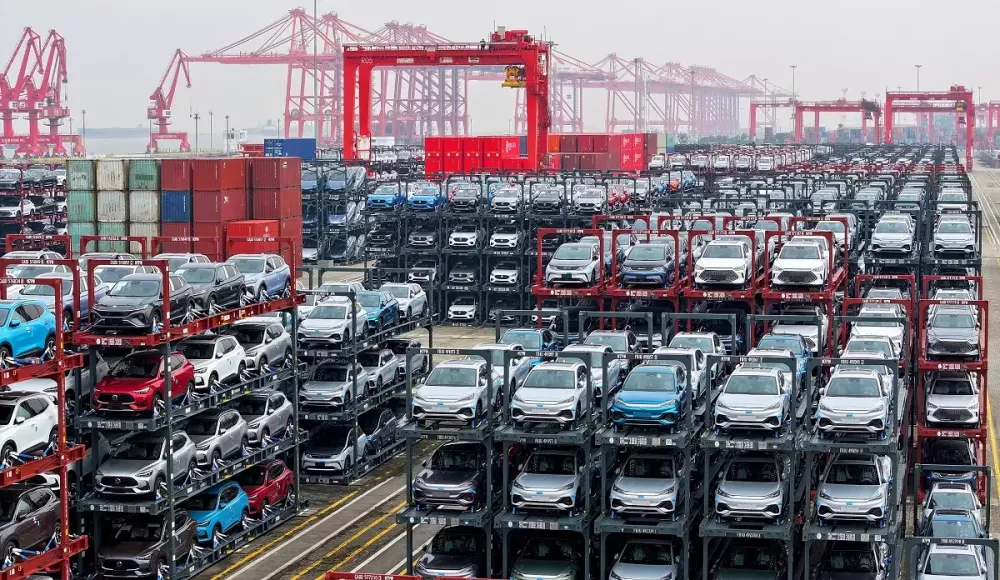According to preliminary data from the China Association of Automobile Manufacturers (CAAM), the country has exported 4.41 million cars from January to November this year, a 58% increase compared to the same period last year. This number far exceeds the leading former car exporter, Japan.
In the first 11 months of 2023, the number of cars exported from the land of the rising sun reached 3.99 million, an increase of 15%. The total number of cars exported by Japan for the whole year of 2023 is expected to be around 4.3 million. The last time Japan dropped out of the top spot in car exports was in 2016 when it was surpassed by Germany.
China aims to become a car powerhouse and sees the global transition to electric vehicles as the way to achieve that. The Russian market has become a driving force for Chinese car exports. The withdrawal of Japanese and Western car manufacturers from Russia has benefited China.
China exported 730,000 cars to Russia in the period from January to October 2023, seven times more than a year earlier. Chery and Great Wall Motor mainly export gasoline-powered cars to this country, including mid-size and large SUVs.
After Russia, the second largest and rapidly growing market for Chinese car imports is Mexico, with 330,000 cars, a 71% improvement. Chinese car manufacturers are seeking to build a customer base in this country as a springboard for expanding into the US and Canadian markets. Chery, SAIC Motor, and Anhui Jianghuai Automobile (JAC) all increased their production for export to Mexico.
According to CAAM, the export of electric and new energy vehicles from China increased by 77% to 1.43 million units in the first 10 months of 2023. These “green” vehicles accounted for 34% of the total car exports during that period.
Most of China’s new energy vehicles are exported to Europe and Southeast Asia. Tesla and BYD – the world’s leading electric vehicle manufacturers – are currently driving this export activity.
BYD’s main SUV model, the Atto 3, is sold for 38,000 Euros (about 42,000 USD) in the European market. This figure is significantly lower than the average price of electric vehicles in the region, which ranges from 50,000 to 60,000 Euros.
Chinese car brands are also expanding their exports to Southeast Asia, where Japanese competitors hold a large market share. The slow shift to electric vehicles by Japanese car manufacturers has led to a decline in market share in this region.
From January to October 2023, the number of new energy vehicles from China exported to other Asian markets was almost equal to the number of cars exported to Europe. The number of cars exported to Thailand doubled compared to last year, surpassing the number exported to the UK.
“From now on, the era of competing with the Japanese in the Southeast Asian market will begin,” said the director of a large state-owned car company in China.
Tomoyuki Suzuki, CEO at US consulting firm AlixPartners, believes that the subsidy policy of the Chinese government is the main factor giving Chinese car manufacturers a competitive advantage in exports. “The massive government subsidies in China have expanded the production and sales supply chain beyond borders,” Suzuki concludes.






























![[Quick Review] Hyundai IONIQ 5 – A Vehicle from the Future](https://vnauto.net/wp-content/uploads/2023/10/xehay-hyundaiioniq5-18052022-2-150x150.jpg)













